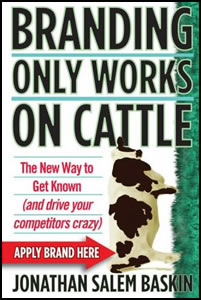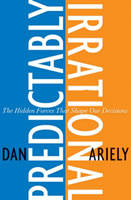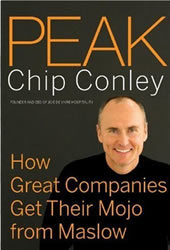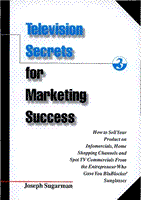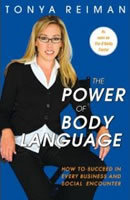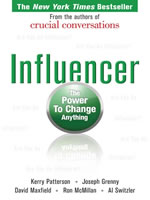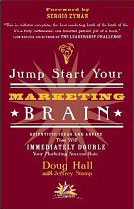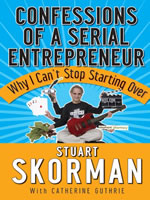
One of the things I admire about Joseph Sugarman’s work is his studied focus on the effect of his marketing efforts, and continually improving his marketing message until it maximizes his results.
This book is about psychological triggers that influence someone to make a buying decision for your product. He illustrates each one of his points with a fun story.
Here are a summary of some of his triggers:
Trigger 1 Consistency: After you make a transaction, it’s easier to create an upsell. Therefore, your marketing goal is to sell your potential customer something (no matter how small), in order to create the possibility for a larger sale later.
Trigger 2 Product Nature: Before you can sell your product/services, you need to understand how your prospect relates to what you’re offering.
Trigger 3 Prospect Nature: Make sure you likewise understand who you’re selling to in creating an effective marketing strategy. Focus on the emotional needs your product will solve (especially for B2C). People buy for emotional reasons, but justify the purchased based on logic.
Trigger 4/5 Objection Raising/Resolving : Point out the flaws in your offering and then resolve them. You don’t need to overwhelm with negative points, just the obvious ones that your prospect will immediately notice.
Trigger 6 Involvement and Ownership: In your copy, paint the image of the prospect using your offering. The more you can have them visualize what you’re selling, the stronger the emotional connection you can create.
Trigger 10 Proof Of Value: If you have a low-price and a higher-priced offering, lead with the higher-priced offering in your copy. Your low-price offering will look less expensive in contrast, and create a strong buy motivation.
Trigger 13 Greed: The higher the price point, the more effort you generally need to spend to sell it. Dropping the price while showing tremendous value will trigger a greedy reaction.
Trigger 16 Linking: People naturally want to associate your offering with something else in their world view. Make it easier to do so (e.g., “Vitamins for your car” or a “tune-up pill”).
Trigger 17 Desire To Belong: Match the group that your prospect desires to be in with your offering. The human need to “belong” is deeply imprinted.
Trigger 19 Sense of Urgency: When someone says, “Well, let me think about it first” — you’ve most likely lost the sale (since people will forget your presentation). Instead, you need to give them an incentive to buy now. Make the urgency sincere and appropriate for what you’re selling.
Trigger 21 Simplicity: Don’t overwhelm the prospect with choices. Too many choices will lead to indecision. One or two will allow them to focus. There’s always time later to upsell more choices after you’ve made your first sale.
Trigger 23 Specificity: Use actual numbers in your copy (“242 miles of blood vessels” instead of “miles of blood vessels”). If you make a specific numerical claim, your message is more credible.
Trigger 25 Patterning: By having your prospect to agree with your statements, you create a minor form of hypnotism, which will bond them to you, increasing your trustability.
Trigger 26 Hope: Besides greed, people are always hopeful for something better. Give them a reason to keep hoping that their life can be improved.
Trigger 27 Curiosity: Leave something to the imagination in your copy. The natural curiosity will cause your prospects into action.
Trigger 28 Harmonize: Instead of trying to sell something never-before-seen, sell something familiar that people are actually buying. It’s easier to sell than to educate.
Trigger 30 Honesty: If you make mistatements, your prospects will uncover them. The more truthful you are, the more responsive your customers.
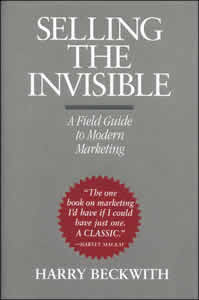 Selling The Invisible is packed with tips and insights on how to market your business services. Harry Beckwith claims that most marketing advice is based on a product marketing model, most of which doesn’t apply to service businesses.
Selling The Invisible is packed with tips and insights on how to market your business services. Harry Beckwith claims that most marketing advice is based on a product marketing model, most of which doesn’t apply to service businesses.